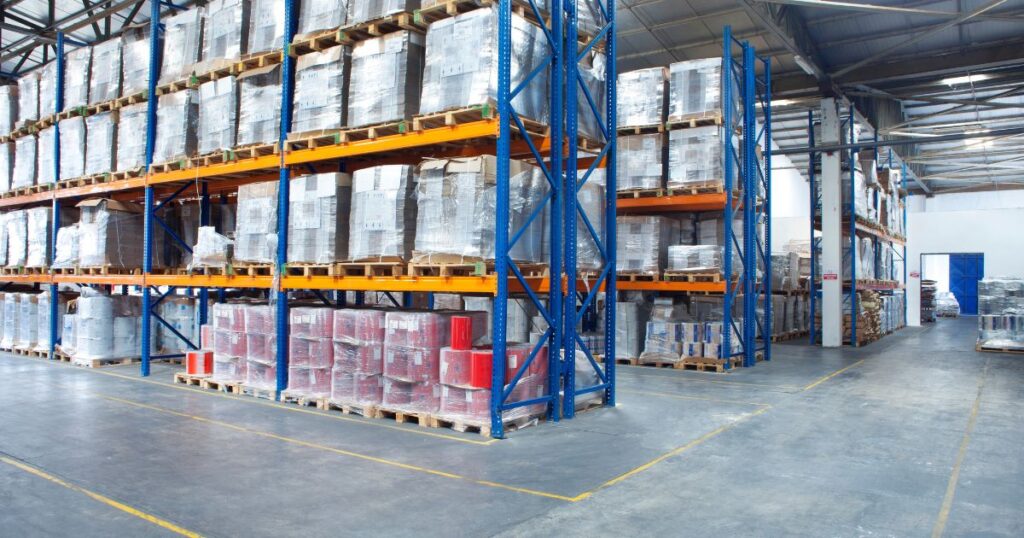
Every business that stores food, medicine, or temperature-sensitive goods depends on a cold room. These rooms work day and night to keep things cool and safe. But to work properly, they need care and attention. Many people skip small steps in cold room care, leading to big problems.
This blog will highlight the most common errors in Cold Room maintenance and explain how to avoid them. It will also show how smart maintenance connects to better results in Cold Room manufacturing and everyday business performance.
Ignoring regular inspections
Many people think cold rooms can run for years without being checked. This is not true. Skipping inspections can lead to hidden damage that grows worse over time.
Why regular checks matter
Routine inspections help find issues like loose parts, ice buildup, or worn-out door seals. Fixing these early can stop a full breakdown later.
Poor cleaning habits
A dirty cold room is not just unpleasant—it can be dangerous. Dirt can block fans and cooling coils, making the system work harder.
Clean equipment works better
Fans, evaporators, and drain lines should be cleaned regularly. This keeps the cold room running smoothly and lowers energy costs.
Forgetting to check the door seals
The rubber seals around cold room doors are very important. If they crack or tear, cold air escapes and warm air enters.
Seals protect cooling power
Damaged seals make the cold room use more energy and can lead to spoilage. Always check and replace them when needed.
Not checking temperature settings
Some people set the wrong temperature or leave sensors unchecked. This can cause the cold room to run too hot or too cold.
Set it and check it
Correct temperature settings protect stored goods. Regularly checking sensors ensures the system is working properly.
Skipping gas and fluid level checks
Coolant gas and other fluids help the cold room stay cold. Low levels mean the system has to work harder to keep things cool.
Fluids are the heart of cooling
Trained technicians should check these levels during routine Cold Room maintenance. Topping up fluids can prevent overheating and improve efficiency.
Using untrained staff for repairs
Fixing a cold room is not a simple task. Letting untrained staff handle problems can lead to further damage.
Always use professionals
Professional technicians understand how to deal with cold room systems. This is especially true for advanced Cold Room manufacturing units with smart controls.
Ignoring warning signs
Unusual sounds, water leaks, or temperature shifts are signs of trouble. Ignoring them can turn small problems into big ones.
Listen and look carefully
If something doesn’t sound or feel right, it probably isn’t. Report and fix issues early to avoid major failures.
Overloading the cold room
Putting too many items in the cold room blocks air from flowing. This causes uneven cooling and puts extra pressure on the system.
Let air flow freely
Organize items to allow air movement. Don’t block fans or vents. This supports stable cooling and prevents spoilage.
Failing to log maintenance records
Many businesses forget to keep records of their maintenance checks. Without logs, it’s hard to know when the last service was done or what parts were replaced.
Records keep you on track
Keeping a maintenance log helps with inspections, warranty claims, and planning future checks.
Not aligning maintenance with manufacturing design
Some businesses do not follow the original Cold Room manufacturing guidelines when maintaining their systems.
Respect the manufacturer’s setup
Every cold room is built differently. Following the design plans and service recommendations helps extend the life of the system and avoids costly mistakes.
FAQs
Q: Why is Cold Room maintenance important?
A: Cold Room maintenance keeps the system running smoothly, prevents costly breakdowns, and protects your goods from spoilage.
Q: How often should maintenance be done?
A: Basic checks should happen monthly, with full inspections every 3 to 6 months. High-use cold rooms may need more frequent servicing.
Q: Can poor Cold Room manufacturing cause more maintenance?
A: Yes. A poorly built cold room may break more often and need more repairs. Choosing quality Cold Room manufacturing helps reduce long-term problems.
Q: Is it okay to do small repairs in-house?
A: Minor cleaning or visual checks are fine. However, technical issues like gas leaks or sensor faults should always be handled by trained technicians.

Conclusion
Maintaining a cold room is not just about cleaning or checking the temperature. It involves many small tasks that together protect the system, your products, and your business. Skipping these steps or making simple mistakes can lead to bigger problems down the road.
Avoiding common errors like ignoring inspections, overloading the room, or using untrained repair staff can keep your system strong and reliable. Moreover, respecting the original Cold Room manufacturing design and following proper care routines helps your cold room last longer.
Smart businesses take Cold Room maintenance seriously. It’s a small effort that brings big results in performance, savings, and safety.

